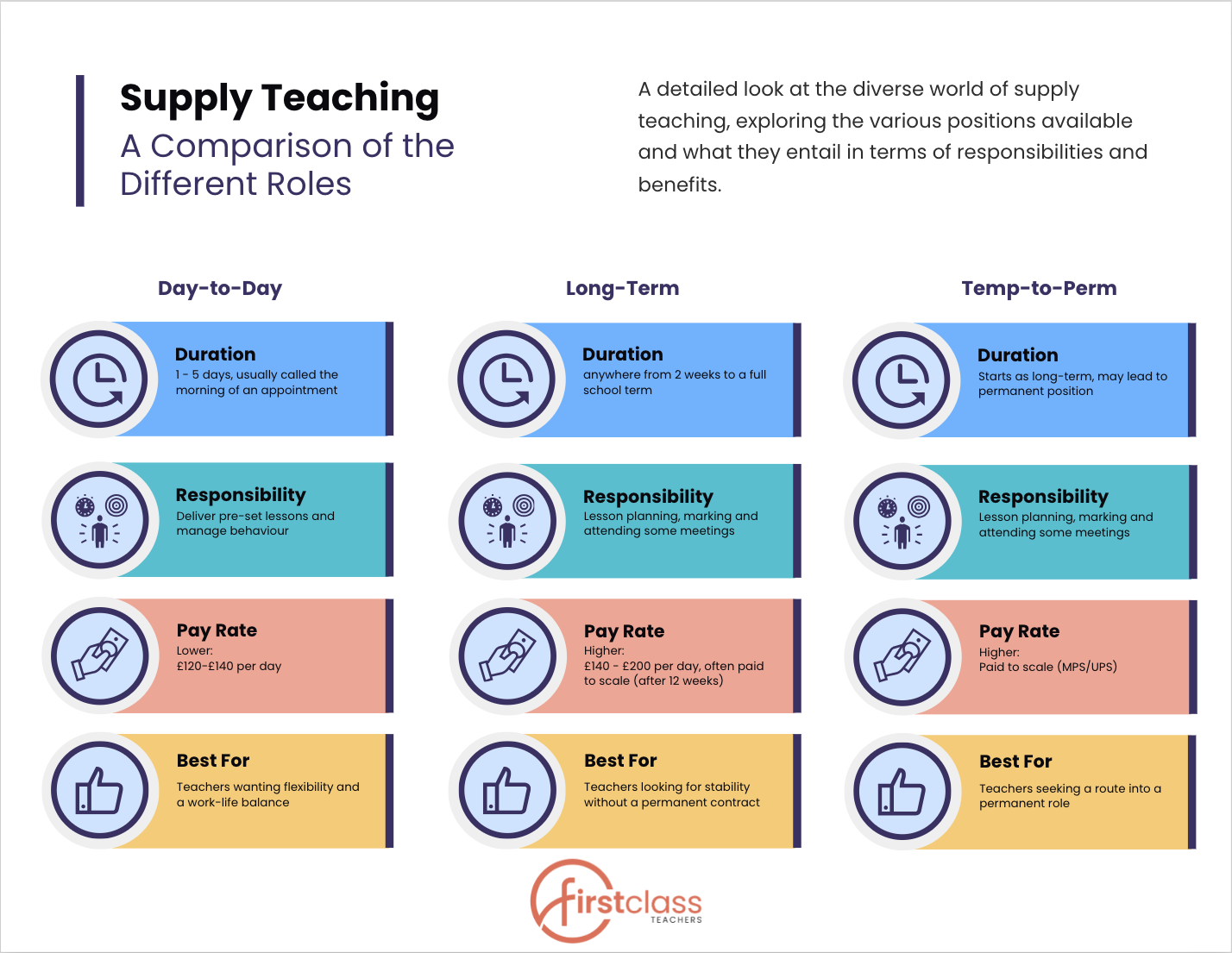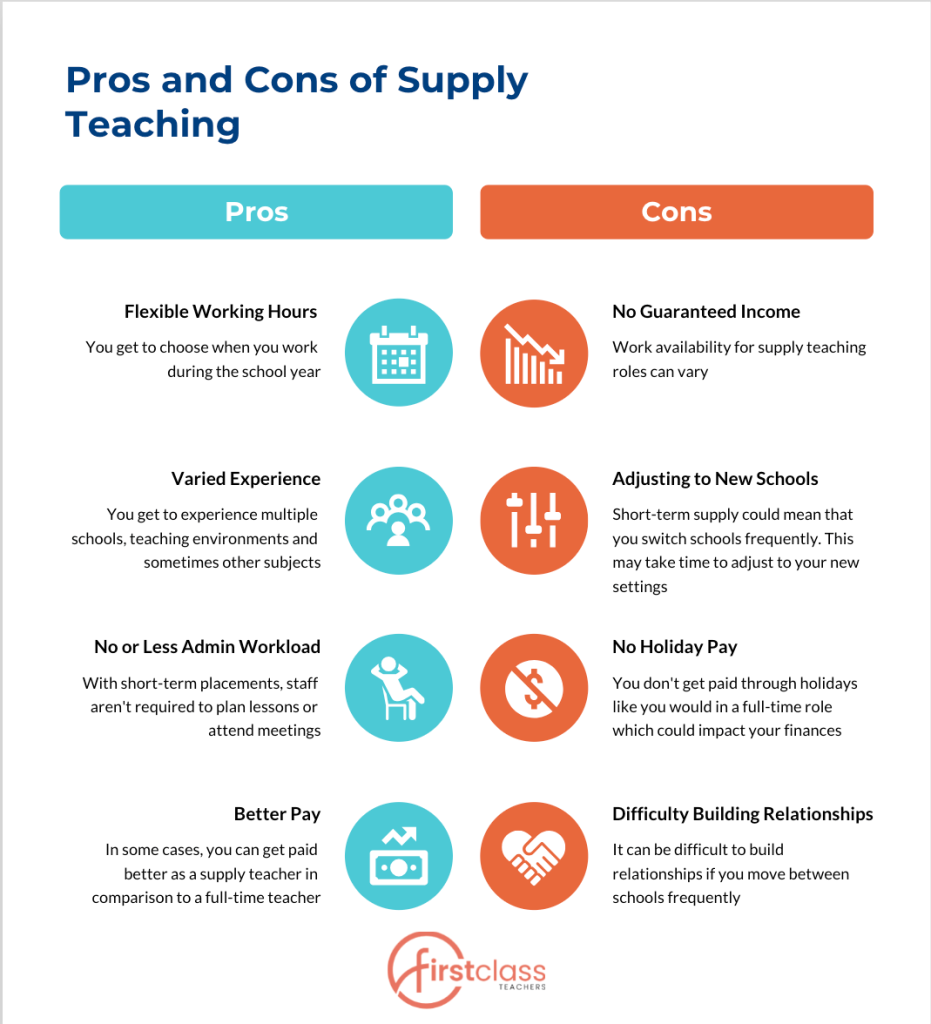What is Supply Teaching?
Supply teachers provide short-term or long-term cover when schools need additional staff. This can be for sickness, maternity leave, training days, or unexpected staff shortages.
Schools use agencies to find teachers quickly. As a supply teacher, you can work day–to-day, long-term, or on a temp-to-perm basis, depending on your availability and experience.

What Do You Need to Become a Supply Teacher?
To work as a supply teacher in Sheffield, you must have:
Qualified Teacher Status (QTS) – Required for most teaching roles.
Enhanced DBS Check – A criminal record check to work with children.
Experience in a Classroom – Even newly qualified teachers (ECTs) can do supply work.
Right to Work in the UK – Passport or visa documentation.
Some schools accept Cover Supervisors (non-QTS staff) for short-term cover, but most teaching roles require QTS.

How to Register for Supply Teaching in Sheffield
Step 1: Find a Supply Teaching Agency
Schools rarely hire supply teachers directly. Agencies handle the recruitment process, match teachers to suitable roles, and manage pay. Look for an agency that:
- Has strong relationships with local schools.
- Offers regular work in your preferred age group.
- Pays fairly and on time.
Step 2: Complete the Compliance Process
Before you can start, agencies require:
- Most agencies will require a formal interview
- Identification and right-to-work documents
- A DBS check (or Update Service registration)
- Professional references
- A safeguarding course (sometimes provided by the agency)
Step 3: Start Receiving Job Offers
Once cleared, you’ll be added to the agency’s database. You’ll get daily job alerts based on your preferences.
Types of Supply Teaching Work

1. Day-to-Day Supply
- Covers short-term absences.
- No long-term commitment.
- Work as little or as often as you like.
2. Long-Term Supply
- Fixed-term roles covering maternity leave or long-term absence.
- More responsibility (lesson planning, marking).
- Higher pay rates than day-to-day supply.
3. Temp-to-Perm Roles
- Schools may offer permanent contracts after a trial period.
- A good option if you’re looking for a long-term position.
How Much Do Supply Teachers Get Paid in Sheffield?
Pay depends on your experience, role type, and agency. Typical rates:
- ECTs/NQTs: £125 – £160 per day
- Experienced Teachers: £140 – £180 per day
- Long-Term Roles: Paid to scale (MPS/UPS)
Most supply teachers don’t get paid during school holidays, so budgeting is important.
What to Expect on Your First Supply Teaching Day
- You’ll normally need to take your DBS and ID for reception
- You’ll get a timetable for the day
- Information on behaviour policies and safeguarding
- Any lesson plans left by the absent teacher/s
- Usually you’ll get a map or a quick guide

It’s always recommended to arrive early on your first day to get ahead of the game and to make a good first impression!
Be flexible. Some schools expect you to follow detailed plans, while others need you to improvise. Good classroom management is essential, as some students may test boundaries with a new teacher.
Pros and Cons of Supply Teaching

Finding the Right Schools in Sheffield
Sheffield has a mix of academies, maintained schools, and independent schools. Some schools use supply teachers more often than others. A good agency will match you with schools suited to your teaching style, subject and work commitments.
Final Thoughts
Supply teaching in Sheffield is a flexible career option. Whether you want occasional work or a pathway to a permanent role, it can offer valuable experience and a good work-life balance.
If you’re ready to start, the first step is to register with a local agency that understands the needs of both teachers and schools.








